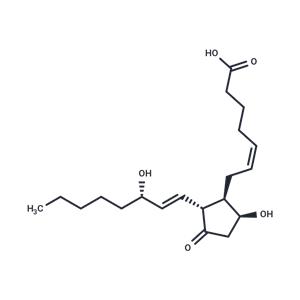| In vivo | Prostaglandin D2 (PGD2) is one of the most potent endogenous sleep promoting substances. PGD2 activates the PGD2 receptor (DPR) and increases the extracellular level of adenosine in wild-type (WT) mice but not DPR knockout (KO) mice, suggesting that PGD2-induced sleep is DPR-dependent, and adenosine may be the signaling molecule that mediates the somnogenic effect of PGD2. The aim of this study was to determine the involvement of the adenosine A2A receptor (A2AR) in PGD2-induced sleep. We infused PGD2 into the lateral ventricle of WT and A2AR KO mice between 20:00 and 2:00 for 6 h, and electroencephalograms and electromyograms were simultaneously recorded. In WT mice, PGD2 infusion dose-dependently increased non-rapid eye movement (non-REM, NREM) sleep, which was 139.1%, 145.0% and 202.7% as large as that of vehicle-treated mice at doses of 10, 20 and 50 pmol/min, respectively. PGD2 infusion at doses of 20 and 50 pmol/min also increased REM sleep during the 6-h PGD2 infusion and 4-h post-dosing periods in WT mice to 148.9% and 166.7%, respectively. In A2AR KO mice, however, PGD2 infusion at 10 pmol/min did not change the sleep profile, whereas higher doses at 20 and 50 pmol/min increased the NREM sleep during the 6-h PGD2 infusion to 117.5% and 155.6%, respectively, but did not change the sleep in the post-dosing period. Moreover, PGD2 infusion at 50 pmol/min significantly increased the episode number in both genotypes but only enhanced the episode duration in WT mice[1]. |

 United States
United States



